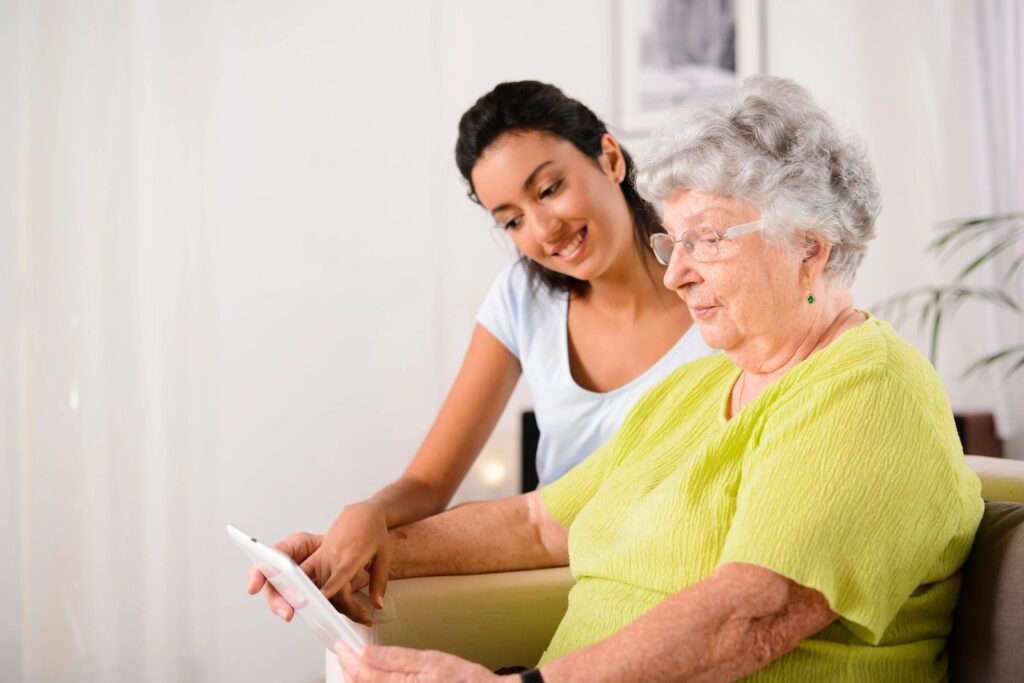
How Our Ability to Recognize Emotions Changes With Age
Being able to make an accurate guess at what the people around us are feeling is a skill that helps us get along with friends, family, partners and coworkers. Like other cognitive skills, it appears to be one that changes with age.
To some degree, the ability to read other people’s emotions depends on experience. As we go through life and interact with more people in a variety of situations, we learn to better recognize the different ways people can behave.
Along these lines, young adults seem to be better at reading the emotions of others than teenagers are. For example, a recent study found that young adults were better than adolescents at identifying the emotions people were feeling in a short film.
The same study also found, though, that younger adults were better than middle-aged adults at the same task. In other words, while experience improves the ability to judge other people’s emotions up to a point, eventually this ability starts to decline as other cognitive skills do.
Another recent study found that adults under 30 scored higher on empathic accuracy, the ability to recognize emotions, than adults over 60 did. Interestingly, the same study found that young adults also tend to demonstrate their emotions more clearly, in a way that’s easier for others to read.
At the same time, it found that part of the reason older adults seem to score lower on empathic accuracy is that they’re more biased toward being able to recognize emotions in people the same age as they are. That is, older adults are better at detecting emotions in other older adults rather than young adults.
As a 2013 study of younger and older couples pointed out, there are at least two components to being able to recognize someone’s emotions: picking up on sensory clues like the person’s facial expression, and using your knowledge of that person in particular.
It’s the former that older adults might be at a disadvantage with. The study showed that younger couples were more in tune with each other’s emotions when interacting face-to-face, but that younger and older couples were equally accurate in guessing what each other were feeling when not physically present with each other.
At least when it comes to using in-person emotional cues, then, the skill of recognizing what other people are feeling is one that may vary at different points in our adult lives.